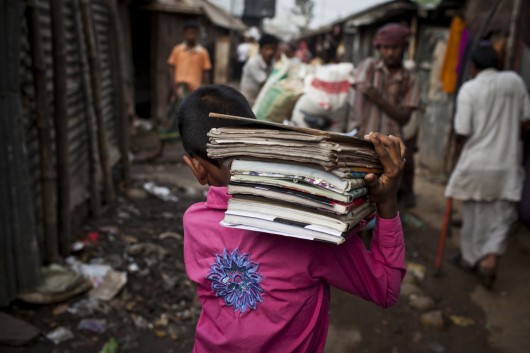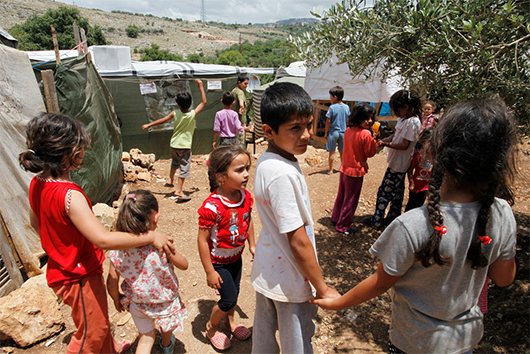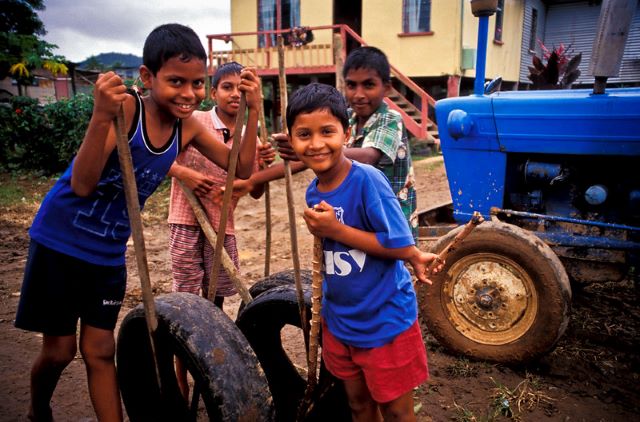 Fiji, a country bordering both Tonga and Futana, has faced increased obstacles with food security. It is estimated that amongst the population of 926,276 citizens, over 250,000 individuals are battling poverty and hunger. However, increased efforts have been made to combat this rise in hunger in Fiji.
Fiji, a country bordering both Tonga and Futana, has faced increased obstacles with food security. It is estimated that amongst the population of 926,276 citizens, over 250,000 individuals are battling poverty and hunger. However, increased efforts have been made to combat this rise in hunger in Fiji.
Problem in Numbers
It is estimated that over 35% of Fiji’s population is below the national poverty line. With the income of households drastically declining, thousands of families do not have the proper resources to thrive.
Fiji children are also heavily impacted, further contributing to the increased rate of hunger in Fiji. It has been recently estimated that over 40% of Fiji’s children are malnourished. A majority of children in Fiji suffer from “protein-energy malnutrition”, meaning that they do not consume enough vital and nutritious foods for their bodies.
The Causes
The lack of food distribution in Fiji points towards a variety of factors. A primary cause is due to Fiji’s political instability and corruption. Additionally, with tourism making up a majority of Fiji’s GDP, the COVID-19 pandemic has led to decreased budgets and widespread unemployment.
Climate change has also affected hunger in Fiji. Cyclones have led to massive agricultural losses, resulting in widespread losses of income and the destruction of food that would be derived from the agricultural crops.
Another cause contributing to the hunger in Fiji is the increased dropout rates among children. With the majority of Fiji’s population battling poverty, children are often instructed to leave school in search of work. From grueling street work to harsh agricultural labor, children earn very little over the years.
In 2016 it was estimated that over 55% of children at primary school age were not attending school. This low schooling rate leaves many children uneducated, unskilled and closed off to stable job opportunities which in turn leaves them unable to afford basic necessities as adults.
The Road to Change
However, despite the increased rates of hunger among the Fiji population, organizations have stepped up to aid the needy. A prominent organization is Moms Against Hunger, which has dedicated itself to providing food for the individuals battling poverty. Moms Against Hunger has recruited numerous volunteers and has delivered over 250,000 food packages to families in need. Under the COVID-19 pandemic, hundreds of families received enough food to last several months.
Another impactful organization is HELP International, which looks to empower and educate individuals in need. HELP International focused its efforts in the nutrition sector, teaching individuals nutritional guidelines, financial literacy and the importance of schooling. Through these efforts, thousands of families can learn to manage a budget, eat well and pursue higher education.
Additionally, Aggie Global seeks to educate farmers on sustainable practices. Under a team of various volunteers, Aggie Global hosted workshops to teach farmers about crop control, production tricks and sustainable solutions. After conducting these workshops, hundreds of farmers were able to boost production, increasing the amount of food distributed to the public.
The Future
Despite organizations looking to aid those in need, Fiji continues to face problems in feeding the entirety of its population. The efforts from nonprofit organizations provide short-term relief but Fiji is in great need of government assistance to see great and lasting change.
For Fiji to see an immense reduction in its hunger rate, the government must act alongside nonprofit organizations to provide for families. In addition, the Fiji government must prioritize the youth and support and encourage the pursuit of higher education. With increased positive influence and support from Fiji’s government, poverty-stricken families all over Fiji would benefit, lowering the overall hunger rate.
– Aditya Padmaraj
Photo: Flickr
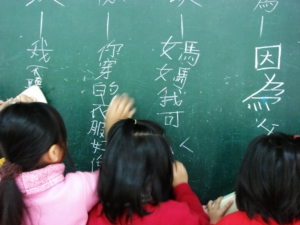 The People’s Republic of China has a reputation for excellence in its education system. China has around 1.3 billion people in population and has one of the largest education systems in the world. It has more than 500,000 schools alone. The education system in China is not only substantial but also diverse. There are more than 300 million students and over 14 million teachers.
The People’s Republic of China has a reputation for excellence in its education system. China has around 1.3 billion people in population and has one of the largest education systems in the world. It has more than 500,000 schools alone. The education system in China is not only substantial but also diverse. There are more than 300 million students and over 14 million teachers.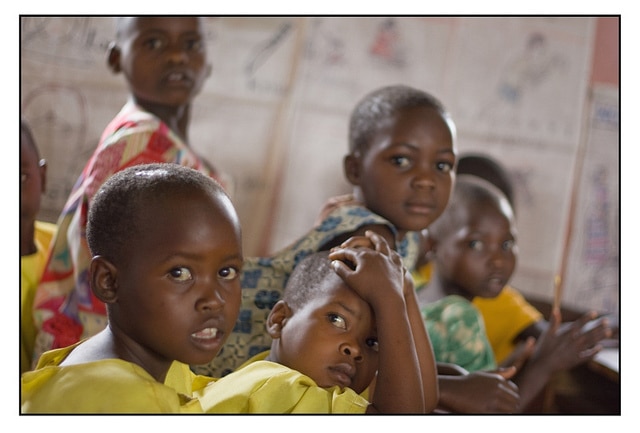
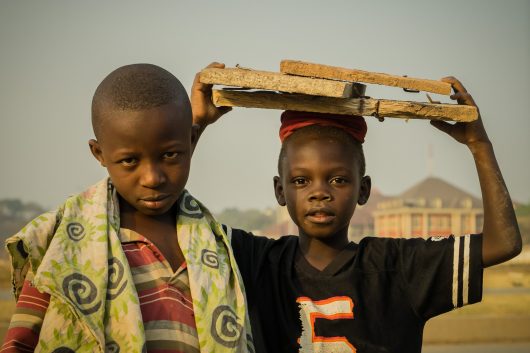
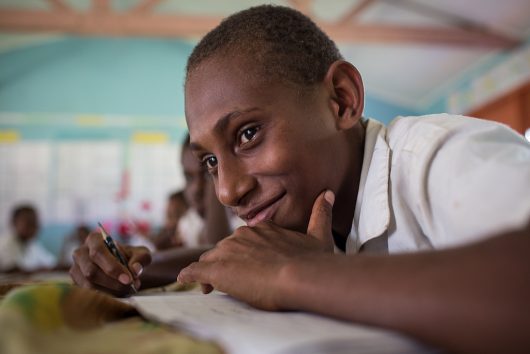 According to a recent UNICEF report, approximately
According to a recent UNICEF report, approximately 